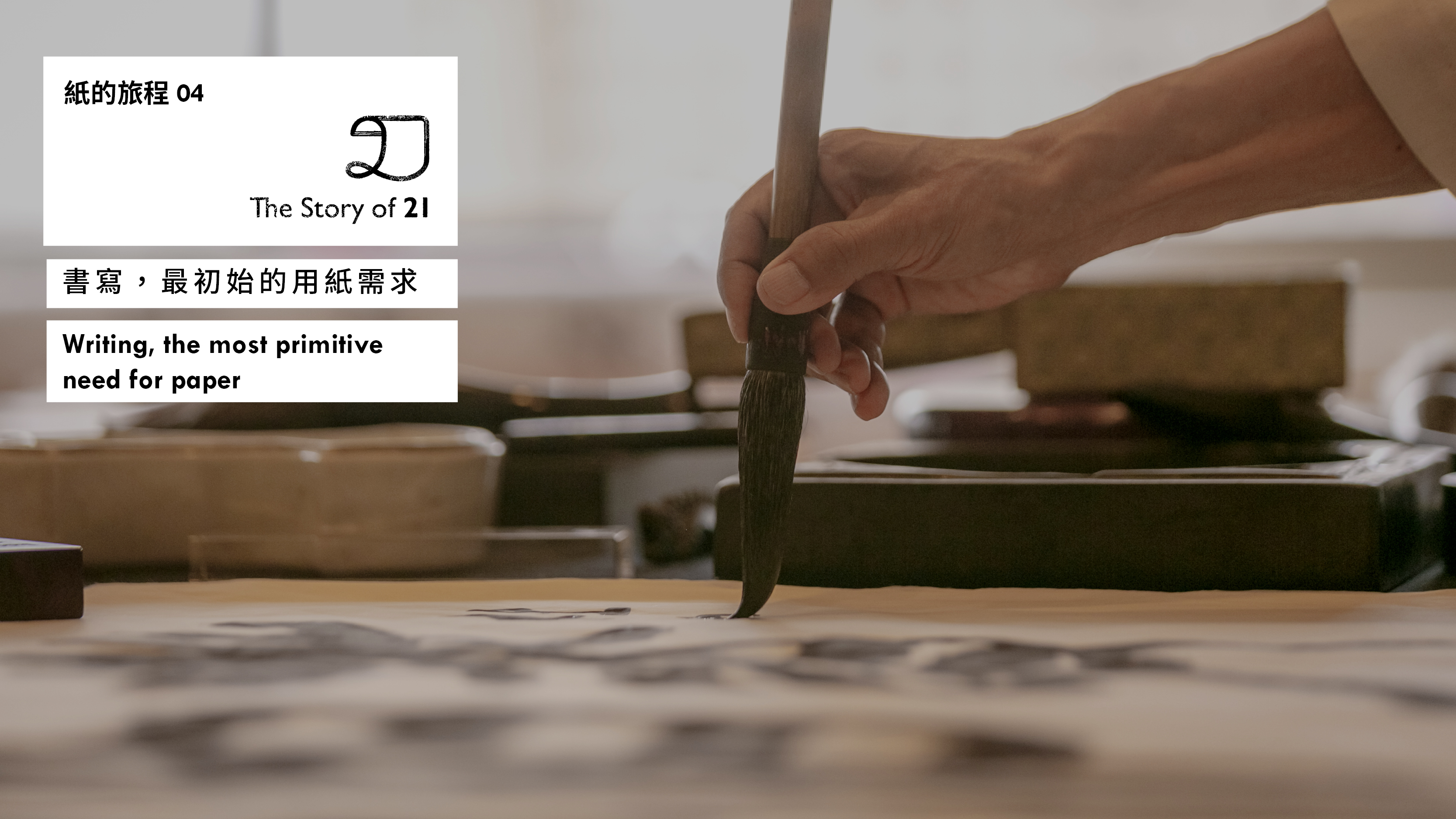
In commemoration of its 21st anniversary, books.com.tw is teaming up with age-mate Suho Memorial Paper Culture Foundation for an unusual project. The limited paper collection " Fine Writing Papers " (好好寫字帖) features 21 paper types for different writing styles, including 12 special types produced by Taiwan's remaining manual papermaker, Chang Chuen Cotton Paper Mill from Nantou County's Puli Township.
From brush pens to dip, fountain, and ballpoint varieties, the unique appeal of handwriting has never been surpassed over centuries of development. Nevertheless, writing will not be possible without paper. What exactly is the role played by paper in writing? With this in mind, traditional Chinese calligrapher Tu Chung-kao join us on the ride, sharing his own experiences of using paper in artistic creation.
//
Interview & text—Chen Shu-fen Still Photographer—Wang Pi-cheng English Translation—Chen Yi-hsuan

Famed Taiwanese calligrapher with rare command of the four styles of Chinese calligraphy: clerical, cursive, running, and seal scripts. Tu is winner of Chung Shan Literature and Art Award, Wu San-lien Award and Taiwan's National Culture and Arts Award. Holding an M.A. from Japan's University of Tsukuba and PhD from National Taiwan Normal University, Tu is dedicated to promoting the art of calligraphy while teaching at NTNU and central Taiwan's Mingdao University and founding the Chinese Calligraphy Association.
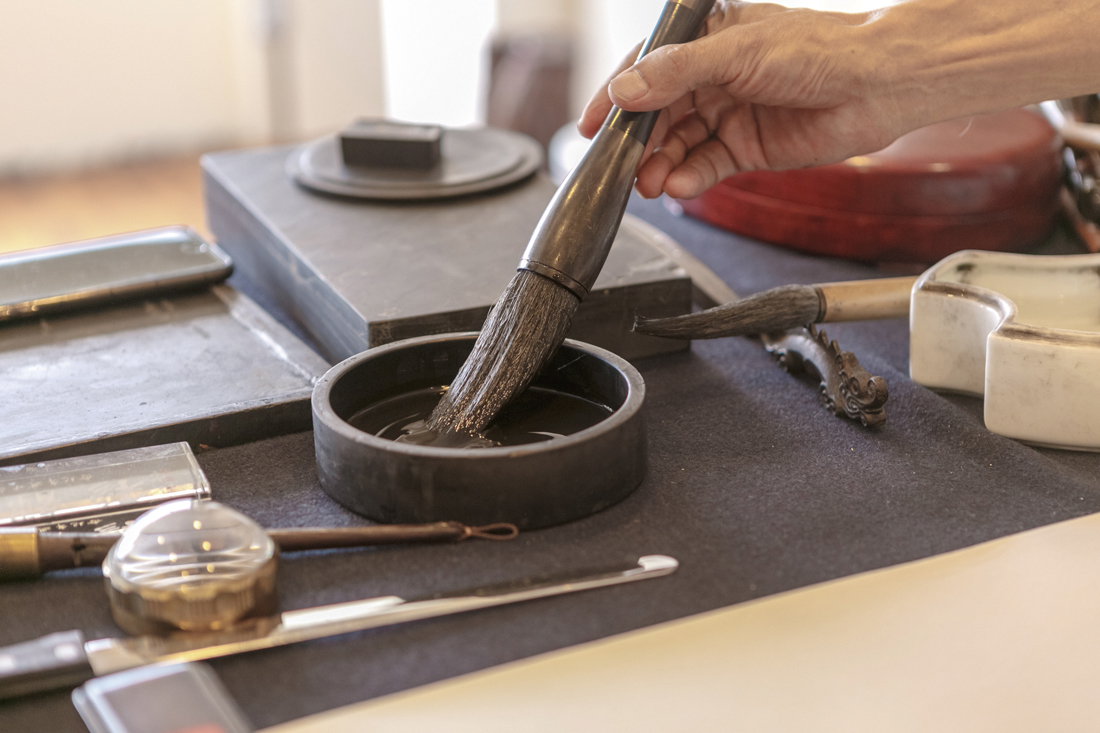
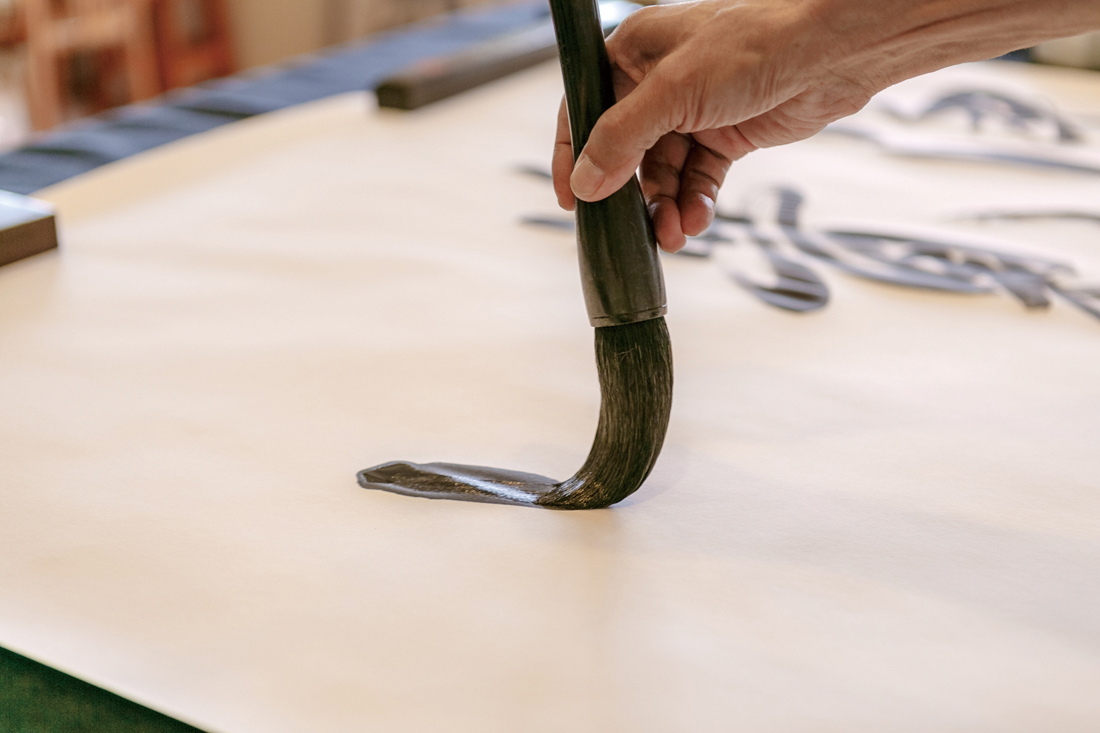
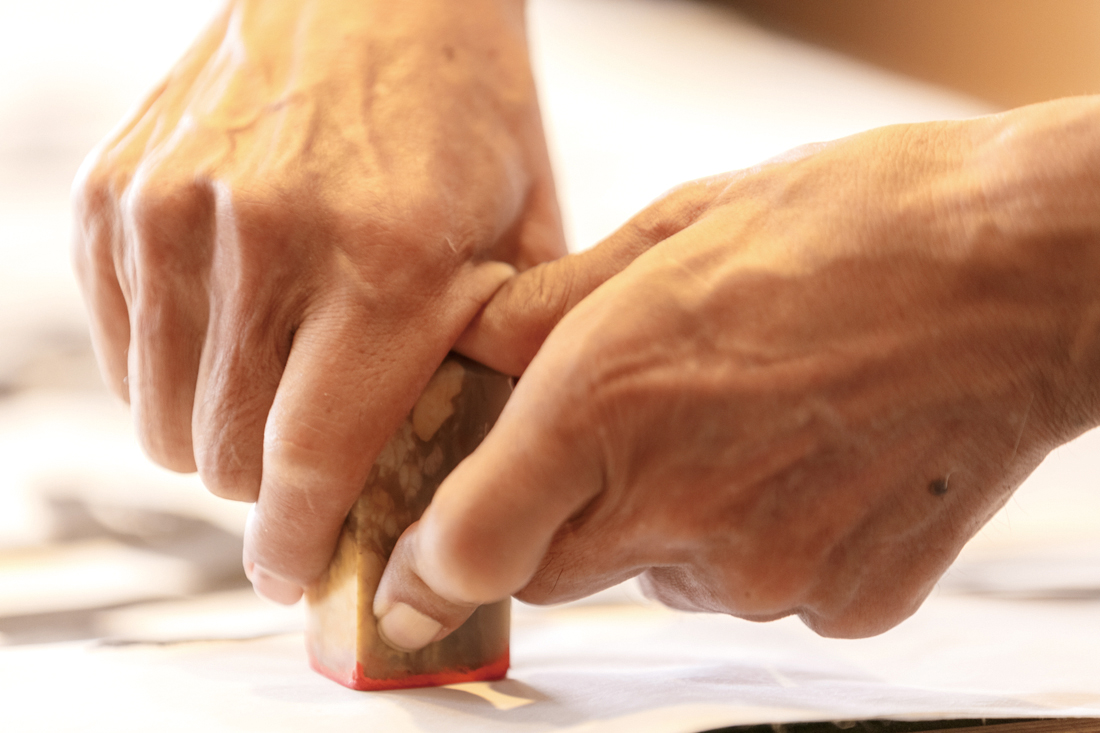
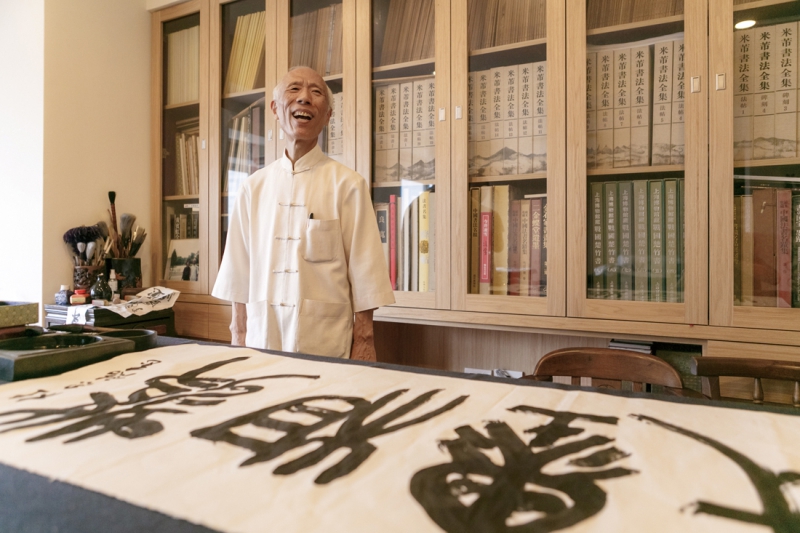
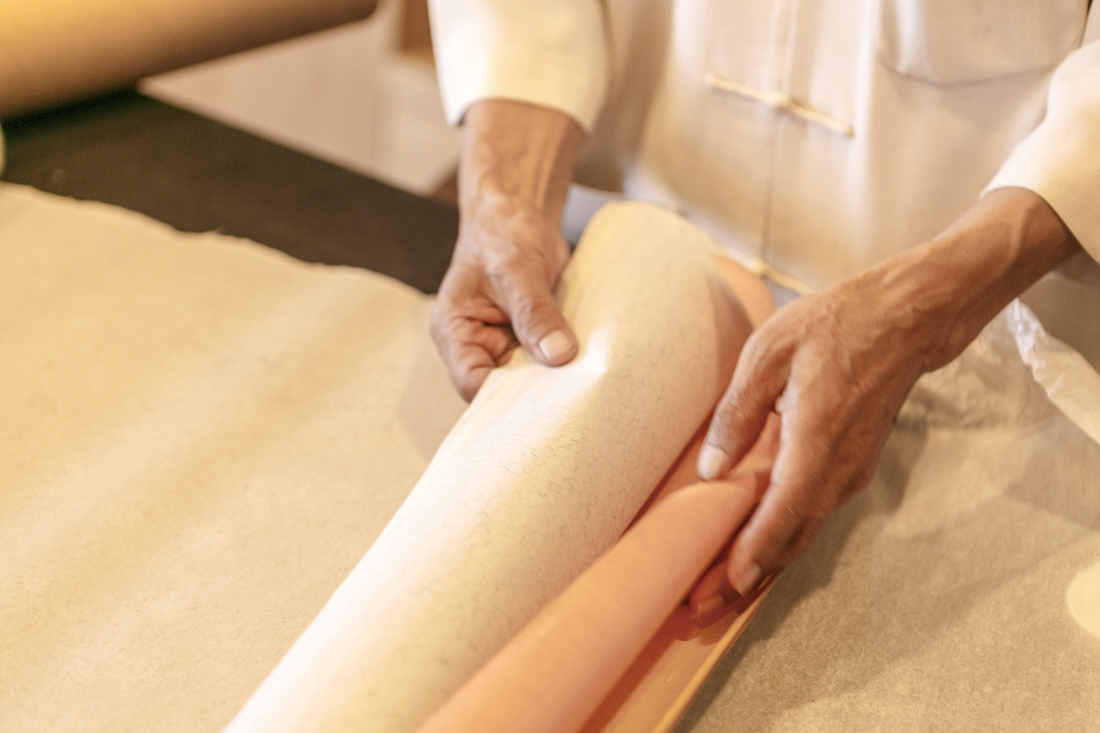
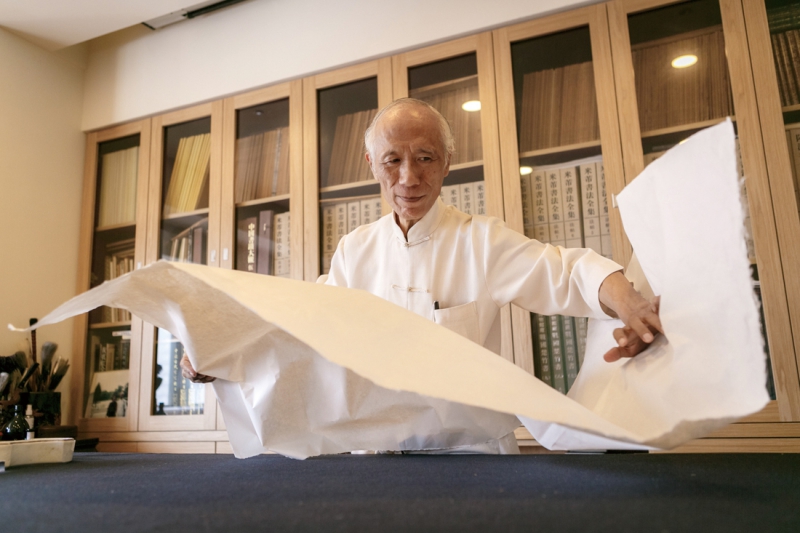
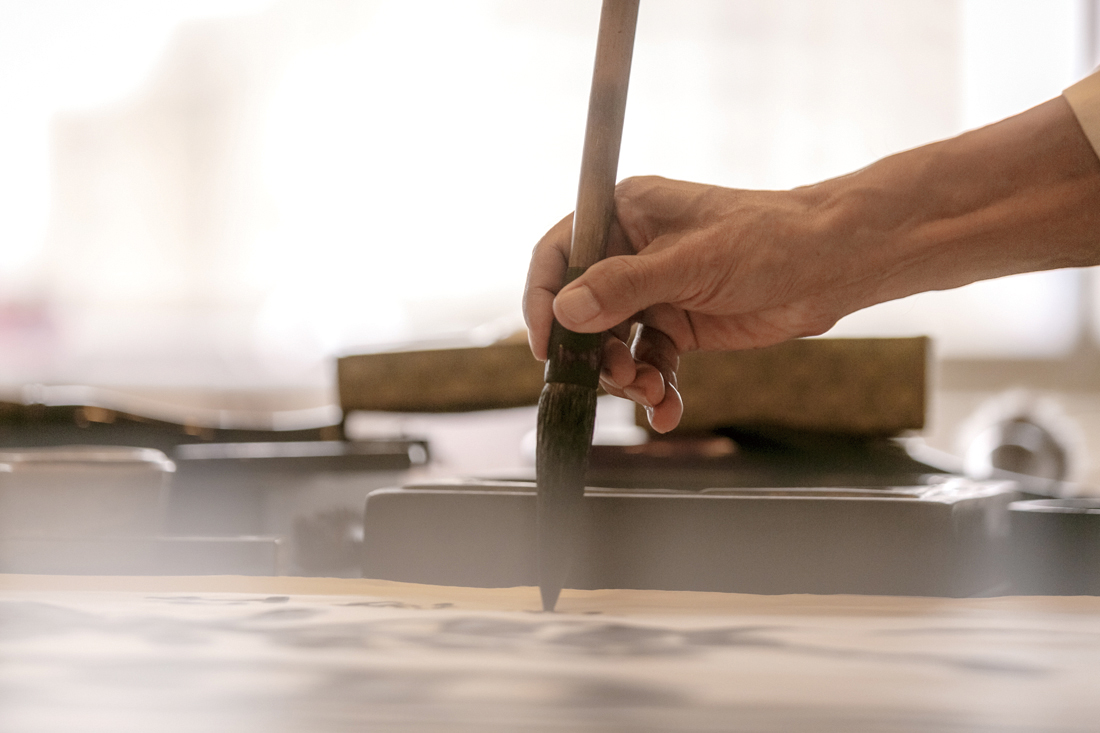
“It is a chance encounter even with a piece of paper.”
─Tu Chung-kao, Traditional Chinese calligrapher
How good can a piece of paper be? A master calligrapher working with the medium all his life knows it best.
Inksticks has the smell, inkstones the weight, and brush pens the grasp. In comparison, paper seems to lack a sense of presence among the Four Treasures of the Study (文房四寶), but that is not true. Tu Chung-kao, as a rare multitalented calligrapher equally adroit in running, cursive, clerical and seal (行、草、隸、篆) scripts, is particular about his choice of paper. According to Tu, the clerical and seal scripts—rich and full in style—require more durable paper to take the heavier load of ink to show them in their full glory; in contrast, the running and cursive scripts require thinner paper to accentuate their crisp and lean beauty. "The visual effect of calligraphy is in sync with the texture of paper. Thick paper goes with heavy strokes, and thin paper light ones. There is a harmony in all this." With a few simple words, Tu sums up the knack in choosing the right paper for handwriting.
Spreading the Pineapple paper (Fine Writing Papers-ⅲ) he had just received like a scroll, Tu carefully evened out its every corner, feeling the unique texture of a freshly made sheet. "This is a very delicate paper, ideal for writing the running and cursive scripts." Expert as he is in the paper's characteristics, Tu likes to experiment with new stuff; with one bold and straightforward stroke, he brought to life on paper four Chinese characters in seal script meaning "paper and ink complementing each other" (紙墨相發). "You can produce unexpected, and sometimes even extraordinary, effects by pairing fine paper with heavy scripts and vice versa." Unforeseeable possibilities like this breathe fresh inspiration into the traditional art of Chinese calligraphy.
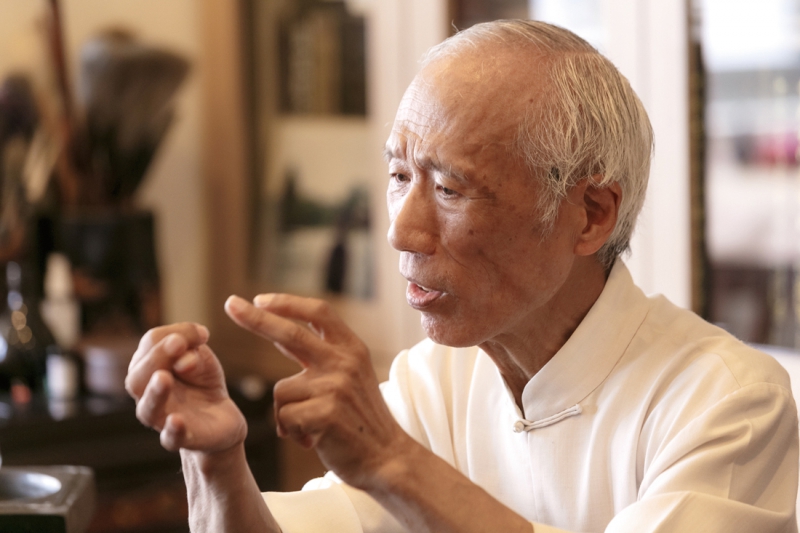
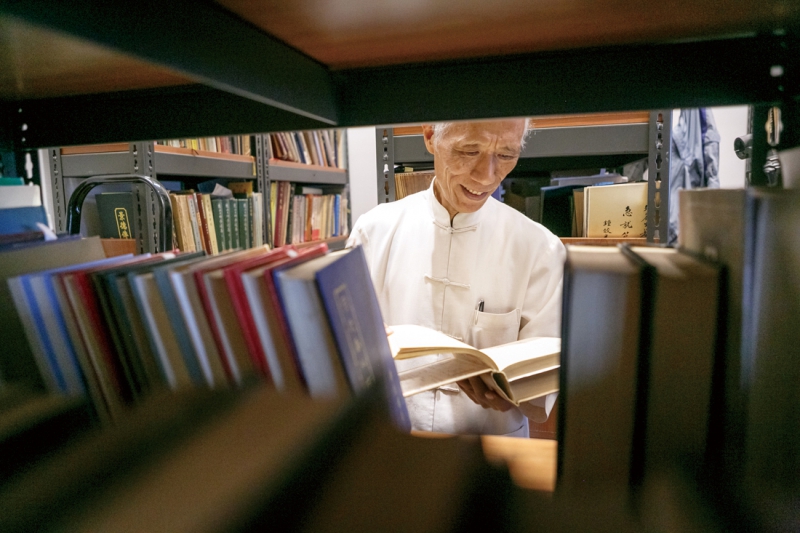
"I tried the Pineapple paper once when it was first developed. It was purely a novel experience for me back then using paper made with pineapple fibers. You can feel the significant improvement from years of research and development by simply touching it with your hand." The master calligrapher's approval is testament to the tireless devotion of Taiwan's papermaking professionals to the perfection of handmade Xuãn paper. "Facing a paper you have never used before is like getting to know a friend for the first time: it feels easy, relaxed, and unforced. If it is a pleasant meeting, you can expect more encounters going forward; if not, then that's it."
The same relationship applies to people and people as well as people and things."It is a chance encounter even with a piece of paper." There is profound philosophy in the seemingly simple, innocent act of handwriting.
Good paper and nicely done characters form a handwriting cycle that induces peace of mind, which Tu likens to a "microsense," a kind of acumen and perception that cannot be replaced by typing on a keyboard. "Sure, it is a great convenience to have PCs, but punching the keys is nothing like putting words down with pens and brushes. As the tip touches the paper, it is a moment of truth—it all depends on whether the lines you draw have life and rhythm; the pattern, flexibility, and strength of your strokes; the spread as you push down and the hold as you pull up; and the differences in saturation. They all play a role in determining the traces you leave on the paper."
Writing a simple Chinese character is in fact a form of visual art creation. With decades of experience working with paper and brush pens, Tu thinks it is especially to restore the art of handwriting at this fast and convenient age. "Be a man of feelings and write with them." This way one will be able to maintain the depth and flexibility of life, and gradually expand its dimensions.

Click to buy "Fine Writing Papers"
The best way to keep the tradition of handmade paper alive is to keep using it.
Fine Writing Papers+Journey of Paper
(special issue by okapi.books.com.tw)
" Fine Writing Papers" is compiled by Suho Memorial Paper Culture Foundation, comprising papers made from bamboo and wood pulp, pineapple and synthetic fibers, kozo (mulberry) bark and grains. Manufacturing technologies range from manual vatting to machine production, with origins from Finland, Japan, the U.K., and Taiwan. Also included in this pack are three vintage, out-of-circulation local handmade papers from more than 30 years ago.
Find the paper just for you, making it a need that lasts a lifetime.




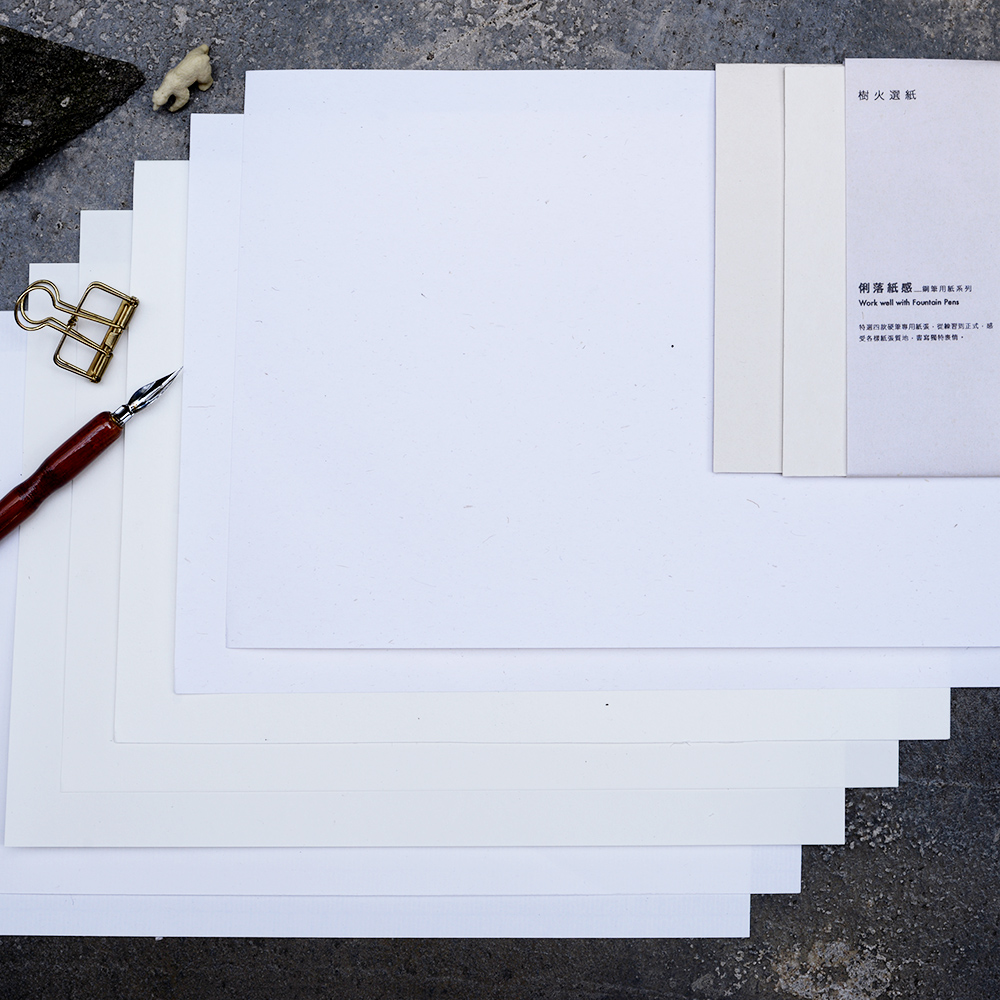
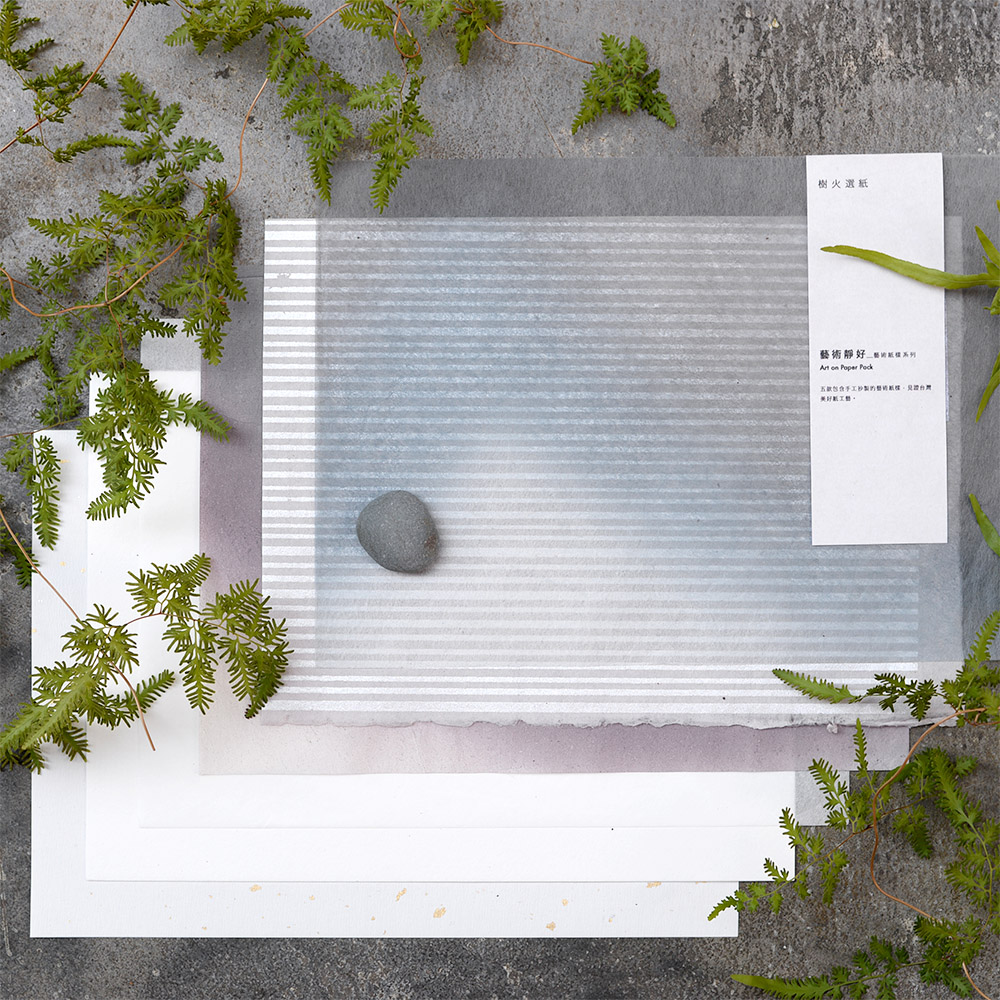
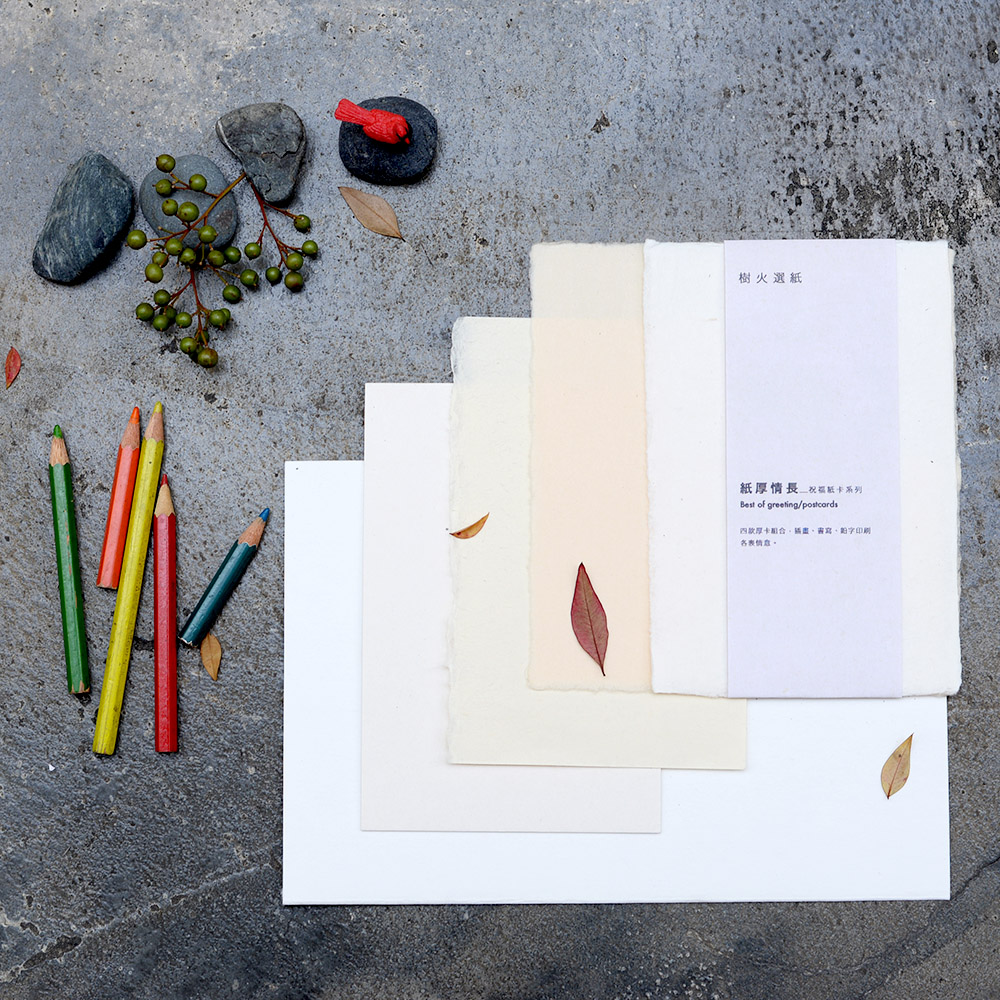


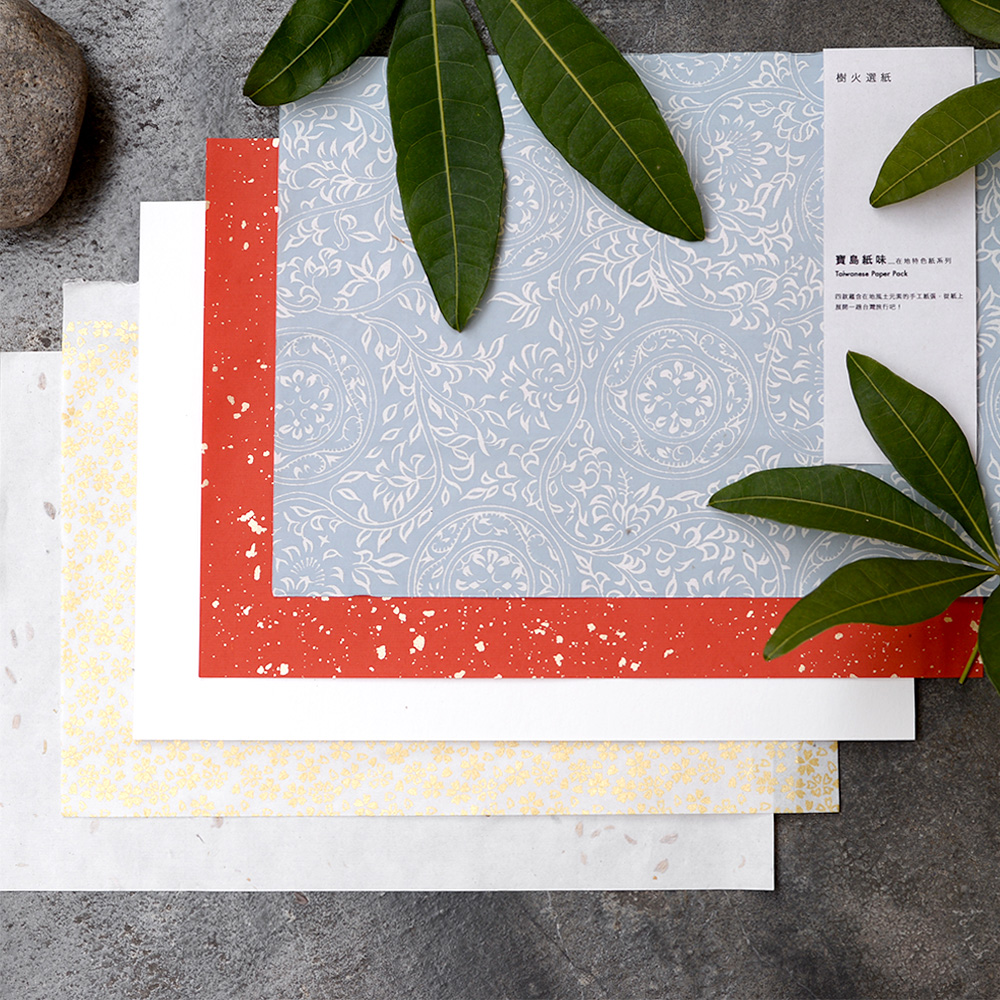

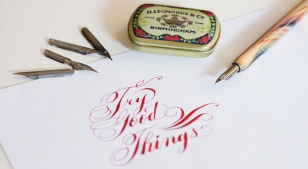






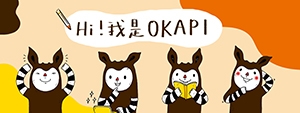




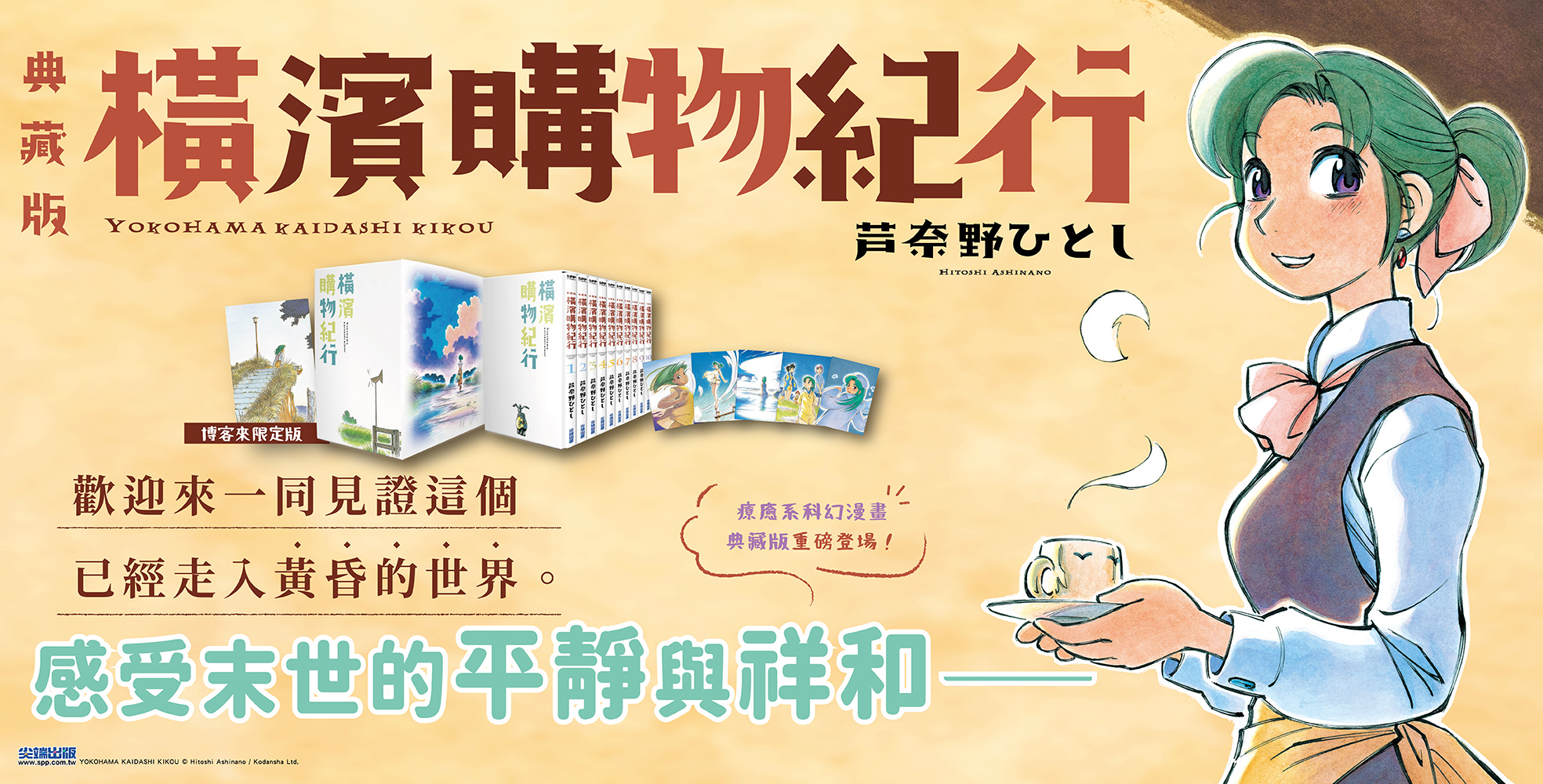
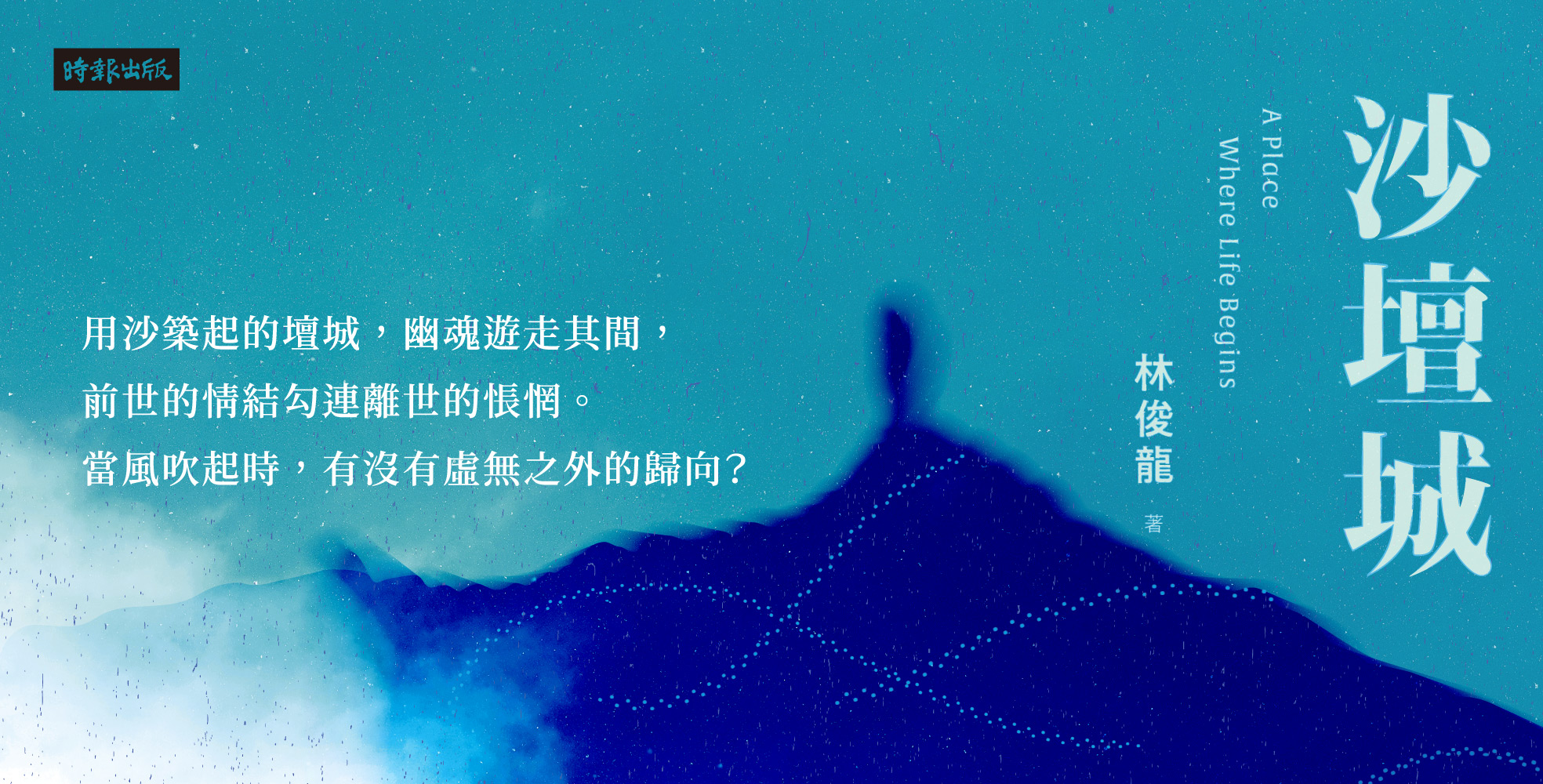
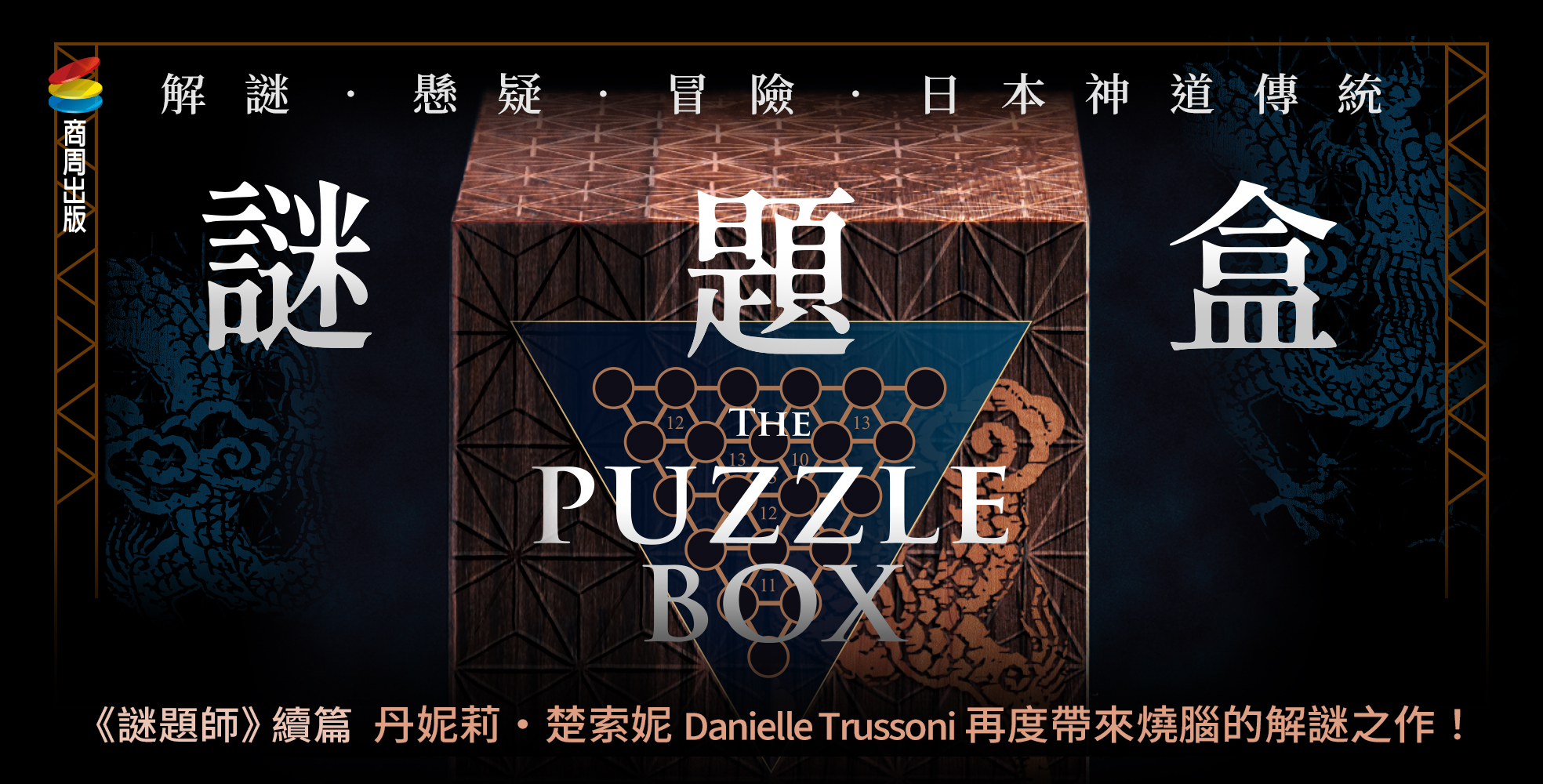
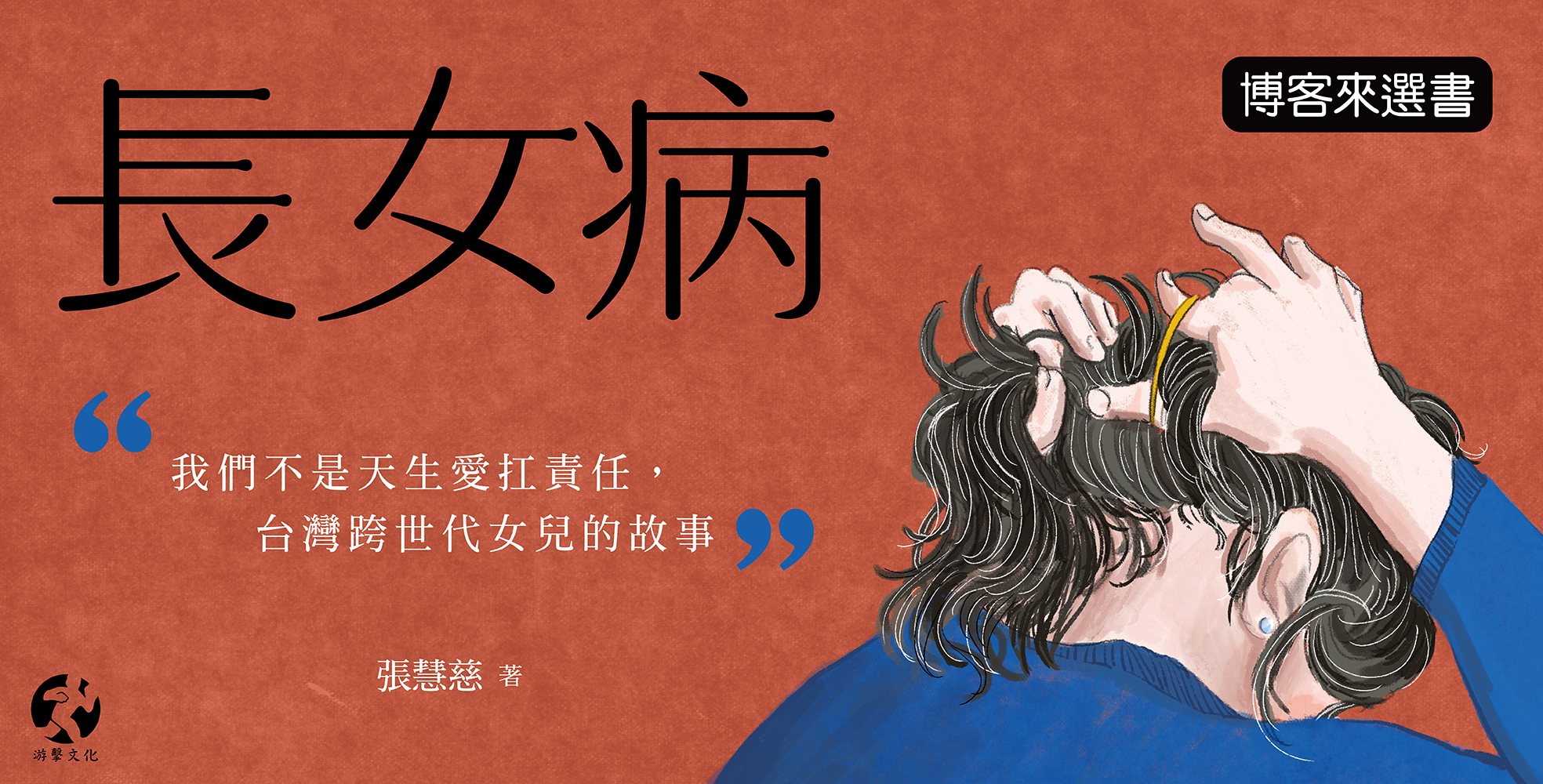




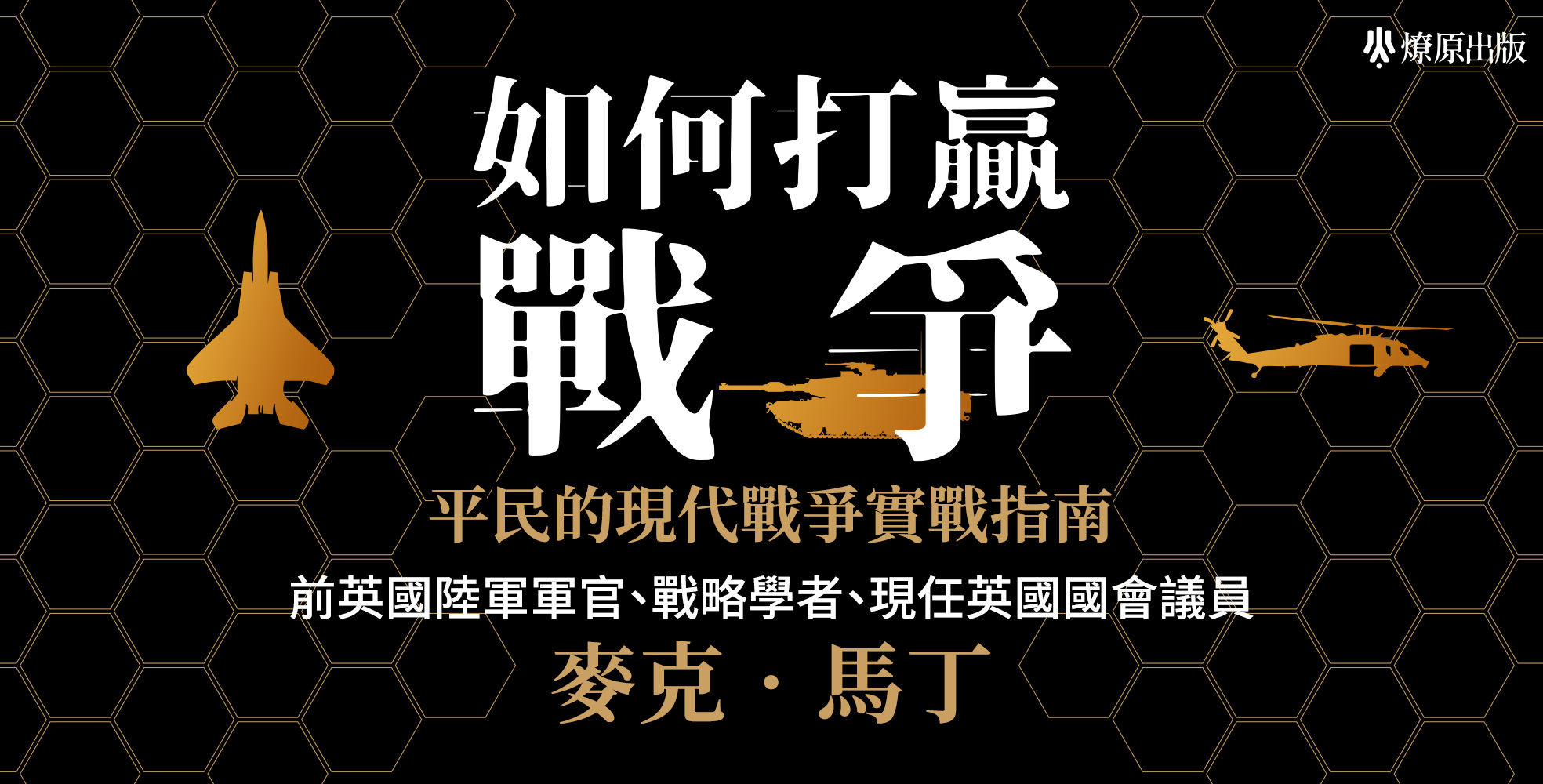
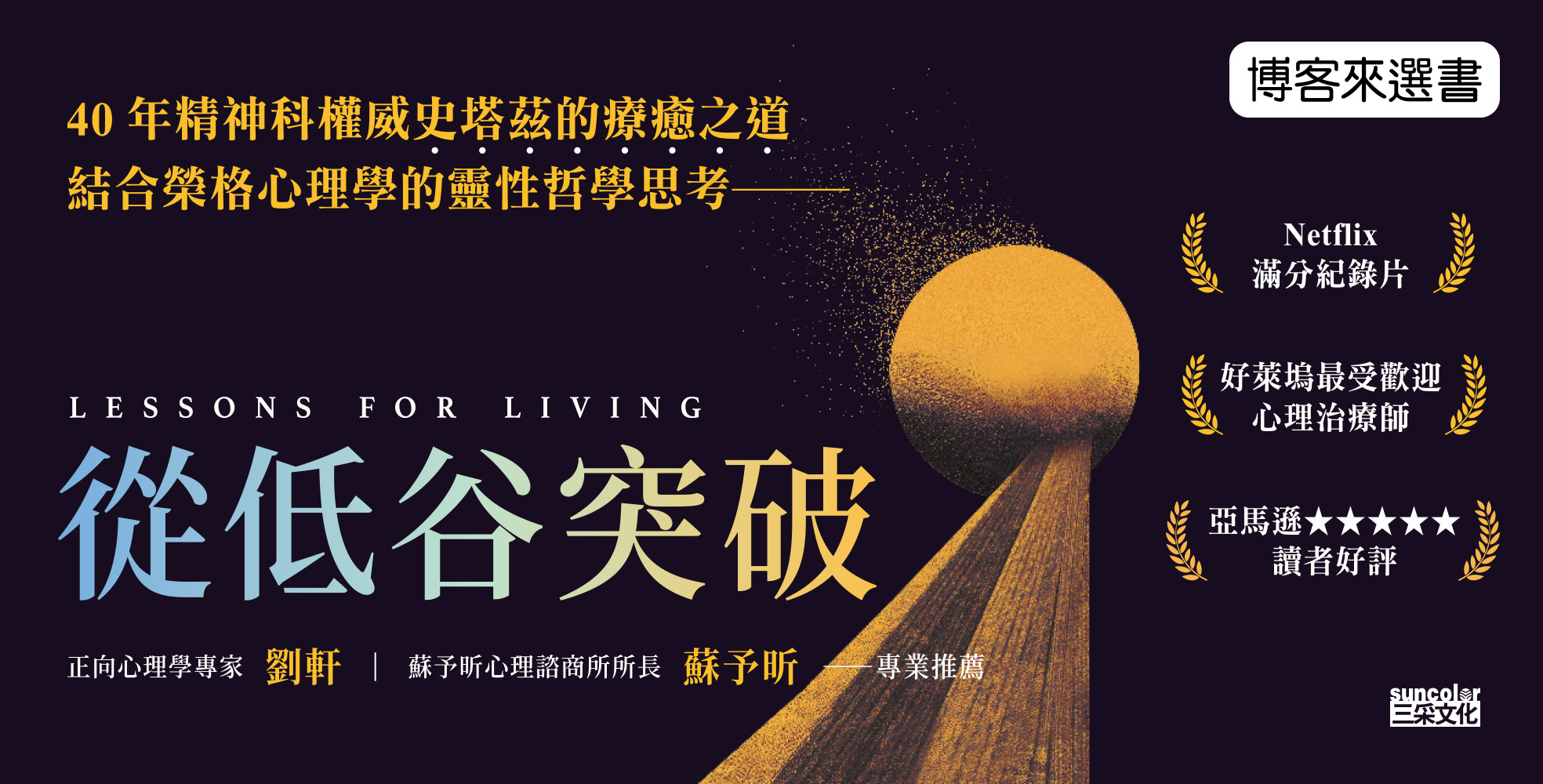
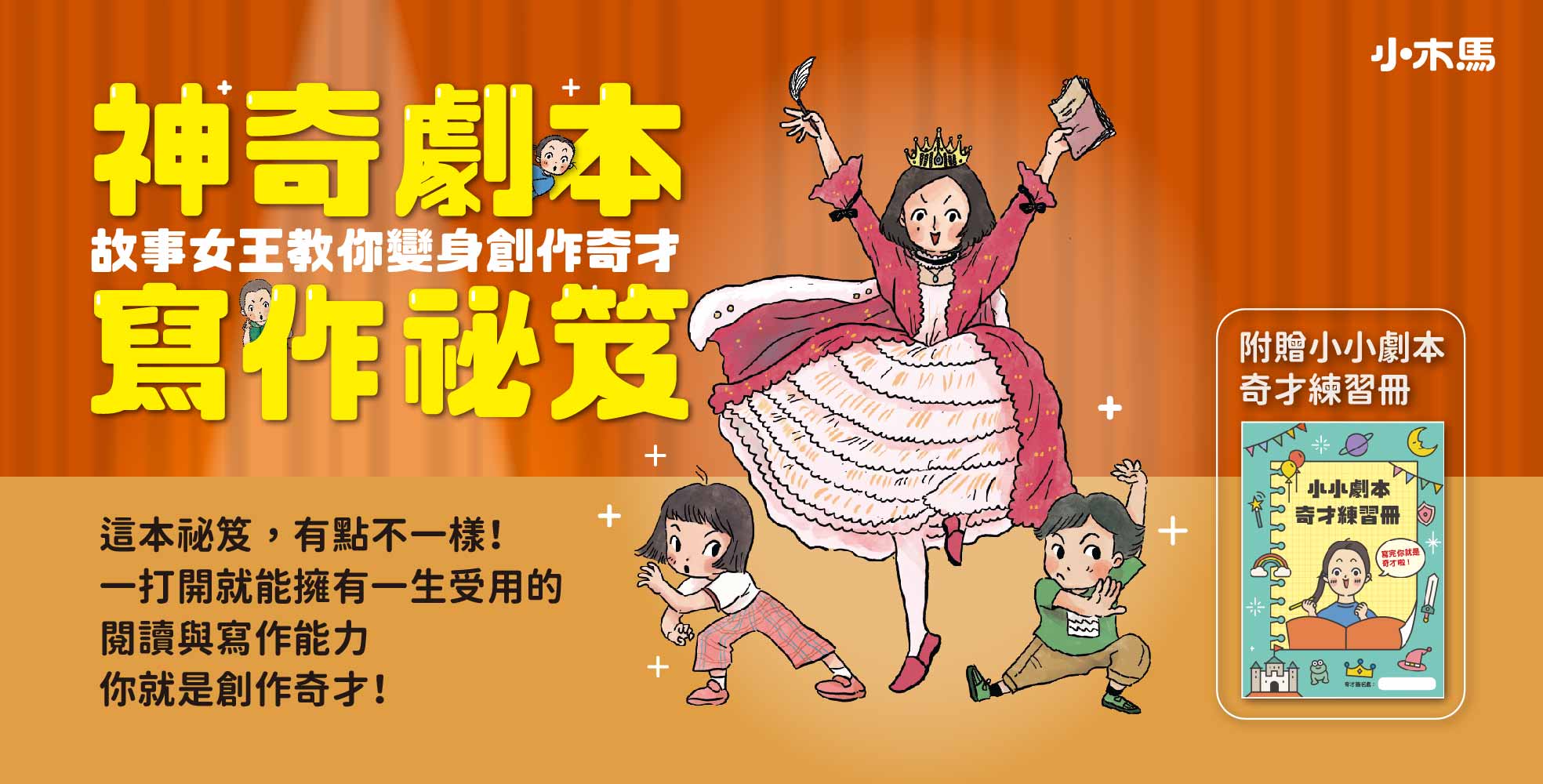

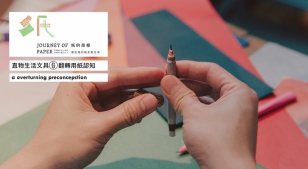
回文章列表